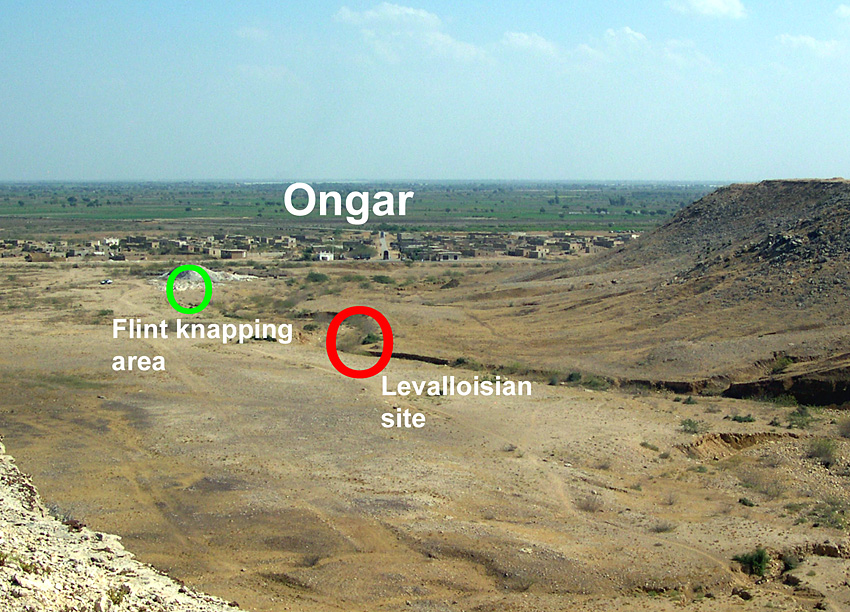
Paolo Biagi
In some cases it is different, in others it is similar. It depends on the region and "culture" you are talking about. The flint knapping of the Bronze Age Indus period is basically indirect percussion and also pressure-flaking. Pressure flaking was used to obtain well defined blades and bladelets from elongated subconical cores and bullet cores. Detaching by pressure flaking provides an excellent control and this is the way to detach very (very) narrow blades with perfect, parallel sides. This technique was in use also in other Bronze Age societies of the Near East mainly. But the study of lithic assemblages of this age has never been studies in sufficient detail by archaeologists. This is the main problem.
Massimo Vidale
Nobody knows if the quarrying techniques changed, because if we have some good evidence of Harappan mining sites, there is little information for the quarries of the previous periods. But the flint/chert technology in general, in the second half of the IIIrd millennium BC, made important progresses and reached a unrivaled level of sophistication.
Above: Ongar [Sindh]: location of the Levalloisian site (red circle), and the new flint heaps (green circle) (Photograph: P. Biagi), courtesy of Antiquity Journal.
